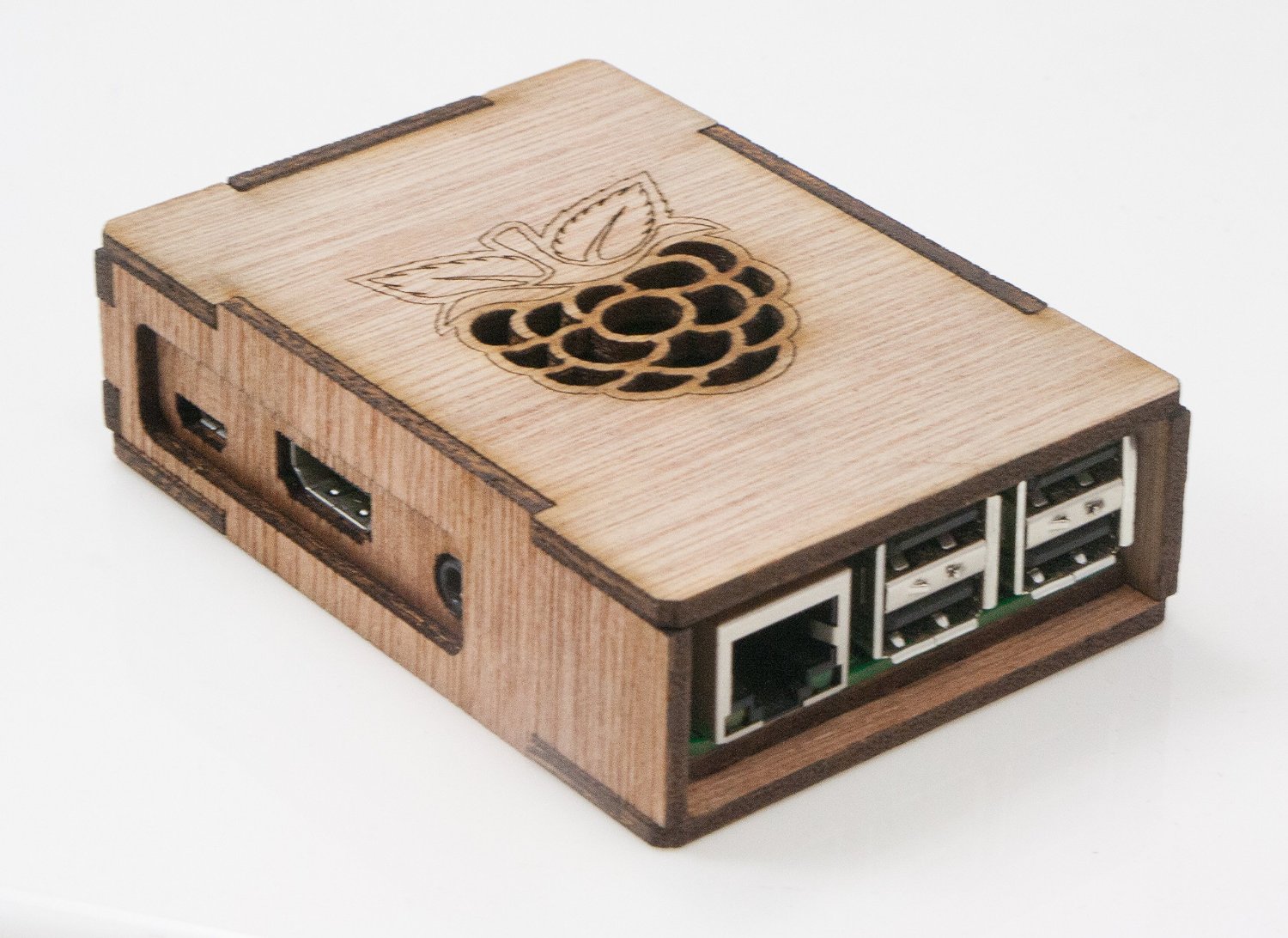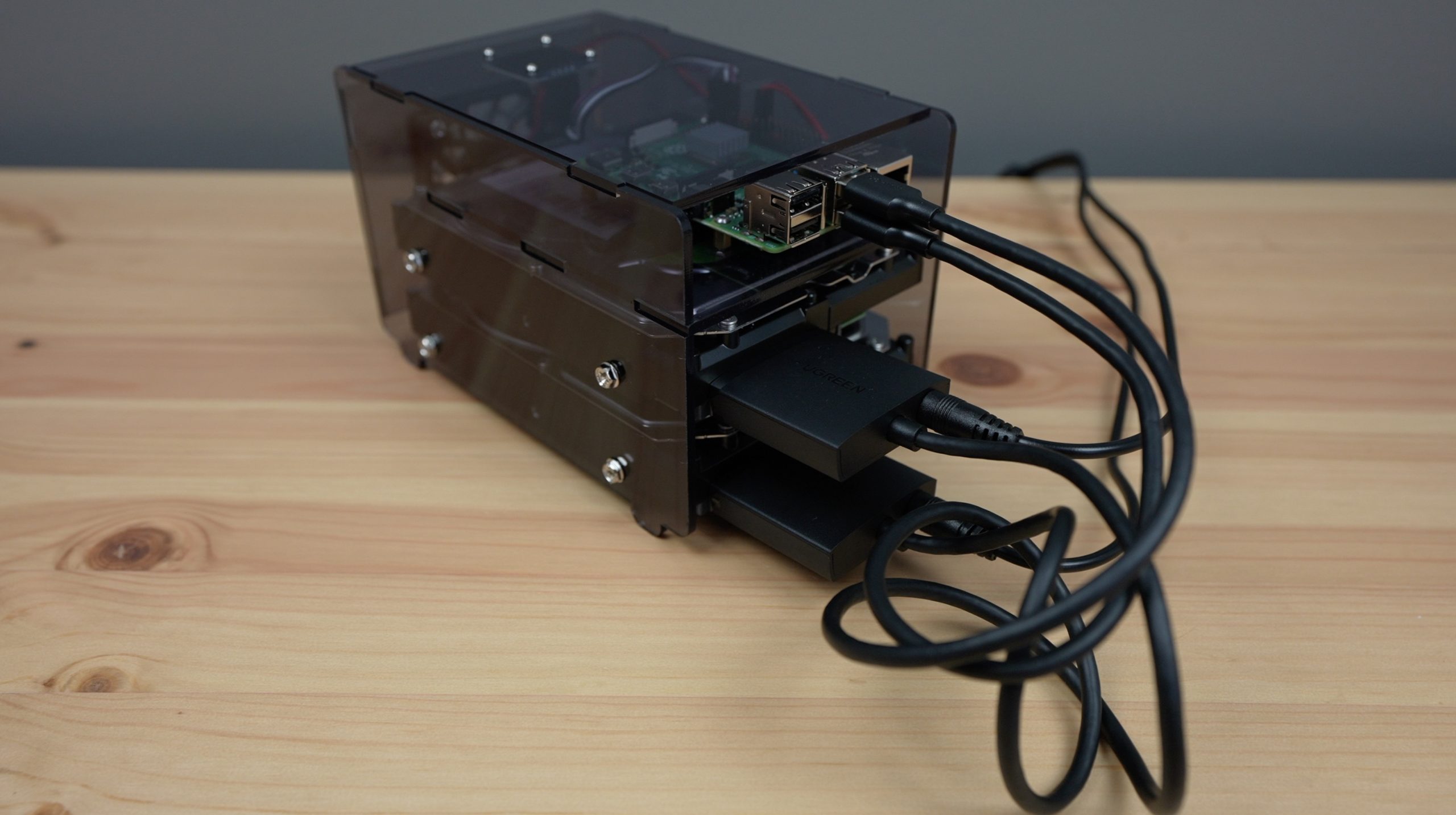Best Raspberry Pi Remote IoT Solutions For Your Smart Projects
As technology continues to evolve, the Raspberry Pi has emerged as one of the most popular platforms for creating remote IoT solutions. Whether you're a hobbyist or a professional developer, this versatile device offers endless possibilities for building innovative projects. In this article, we'll explore the best Raspberry Pi remote IoT solutions that can enhance your smart home, automation systems, and more.
Raspberry Pi is not just a single-board computer; it's a gateway to a world of possibilities. With its ability to connect to various sensors, devices, and networks, it provides an excellent foundation for remote IoT applications. From monitoring weather conditions to controlling smart home appliances, Raspberry Pi offers a cost-effective and efficient solution for your IoT projects.
This article dives deep into the best Raspberry Pi remote IoT solutions, covering everything from setup to advanced configurations. We'll also discuss how these solutions can meet Your Money or Your Life (YMYL) standards, ensuring reliability and trustworthiness in your projects. Let's get started!
Read also:Kim Kardashian And Diddy Exploring Their Connection And Influence In Pop Culture
Table of Contents
- Introduction to Raspberry Pi Remote IoT
- Understanding Raspberry Pi Basics
- Overview of IoT and Its Applications
- Best Raspberry Pi Remote IoT Solutions
- Hardware Requirements for Remote IoT
- Software Setup and Configuration
- Innovative Project Ideas
- Security Best Practices for Remote IoT
- Troubleshooting Common Issues
- Conclusion and Call to Action
Introduction to Raspberry Pi Remote IoT
Raspberry Pi remote IoT solutions have revolutionized the way we interact with smart devices. The ability to control and monitor devices from anywhere in the world has become a reality thanks to advancements in IoT technology. This section explores the fundamental concepts behind Raspberry Pi remote IoT and its significance in modern applications.
With the increasing demand for smart home automation, industrial monitoring, and environmental sensing, Raspberry Pi has become a go-to solution for developers worldwide. Its affordability, flexibility, and compatibility with various sensors make it an ideal platform for remote IoT projects. Whether you're a beginner or an experienced developer, understanding the basics of Raspberry Pi remote IoT is essential for creating impactful solutions.
Understanding Raspberry Pi Basics
Before diving into the best Raspberry Pi remote IoT solutions, it's crucial to understand the basics of this powerful device. Raspberry Pi is a credit-card-sized computer that can run a full-fledged operating system like Raspbian or Linux. It features multiple GPIO pins, USB ports, and Ethernet connectivity, making it suitable for a wide range of applications.
Some key features of Raspberry Pi include:
- Quad-core processor for efficient performance
- Multiple GPIO pins for interfacing with sensors and actuators
- Support for Wi-Fi and Bluetooth connectivity
- Compatibility with various programming languages like Python, C++, and Java
Understanding these features will help you leverage the full potential of Raspberry Pi in your remote IoT projects.
Overview of IoT and Its Applications
The Internet of Things (IoT) refers to the network of interconnected devices that can communicate and exchange data without human intervention. IoT has numerous applications across various industries, including healthcare, agriculture, transportation, and smart homes. By integrating Raspberry Pi into IoT systems, developers can create innovative solutions that enhance efficiency and convenience.
Read also:Conner Mccaffery A Rising Star In College Basketball
Some popular IoT applications include:
- Smart home automation systems
- Remote weather monitoring stations
- Industrial equipment monitoring
- Agricultural sensor networks
Raspberry Pi plays a pivotal role in these applications by providing a reliable and cost-effective platform for remote IoT solutions.
Best Raspberry Pi Remote IoT Solutions
There are several methods to implement remote IoT solutions using Raspberry Pi. Each method has its own advantages and is suitable for different types of projects. Below, we'll explore some of the best Raspberry Pi remote IoT solutions.
SSH Connection
Secure Shell (SSH) is one of the most common methods for remotely accessing a Raspberry Pi. It allows you to control the device from a remote location using a terminal interface. SSH is secure, reliable, and easy to set up, making it an excellent choice for beginners.
To enable SSH on your Raspberry Pi:
- Install the latest version of Raspbian or any other compatible operating system.
- Enable SSH from the Raspberry Pi Configuration tool or by creating an empty file named "ssh" on the boot partition.
- Connect to your Raspberry Pi using an SSH client like PuTTY or Terminal.
VNC Server
Virtual Network Computing (VNC) allows you to remotely access the graphical user interface (GUI) of your Raspberry Pi. This method is ideal for projects that require visual interaction, such as monitoring dashboards or controlling robots.
To set up a VNC server on your Raspberry Pi:
- Install the VNC Server software from the official Raspberry Pi repository.
- Configure the server settings to allow remote access.
- Connect to your Raspberry Pi using a VNC client like RealVNC Viewer.
Web-Based Interfaces
Creating a web-based interface for your Raspberry Pi project allows you to control and monitor devices through a web browser. This method is particularly useful for projects that require real-time data visualization or user interaction.
To develop a web-based interface:
- Install a web server like Apache or Nginx on your Raspberry Pi.
- Write HTML, CSS, and JavaScript code to create the interface.
- Use server-side scripting languages like PHP or Python to handle backend processes.
Hardware Requirements for Remote IoT
Building a successful Raspberry Pi remote IoT project requires the right hardware components. Below is a list of essential hardware requirements:
- Raspberry Pi board (Model 3B+, 4B, or newer)
- Power supply with sufficient current output
- MicroSD card with pre-installed operating system
- Sensors and actuators for data collection and control
- Wi-Fi dongle (optional, depending on the model)
Selecting the appropriate hardware components ensures that your project functions optimally and meets your requirements.
Software Setup and Configuration
Setting up the software environment for your Raspberry Pi remote IoT project involves several steps. Begin by installing the latest version of the operating system and configuring essential settings like network connectivity and user permissions. Additionally, ensure that all required software packages and libraries are installed to support your project.
Some recommended software tools include:
- Python programming language for scripting and automation
- Node-RED for visual programming and IoT integration
- Mosquitto for MQTT-based communication
Proper software setup is crucial for the success of your Raspberry Pi remote IoT project.
Innovative Project Ideas
Here are some innovative project ideas that leverage the power of Raspberry Pi remote IoT:
- Smart home automation system with voice control
- Remote weather station with real-time data visualization
- Automated greenhouse monitoring and control system
- Industrial equipment health monitoring dashboard
These projects not only showcase the capabilities of Raspberry Pi but also provide practical solutions to real-world problems.
Security Best Practices for Remote IoT
Security is a critical aspect of any remote IoT solution. To protect your Raspberry Pi from unauthorized access and potential threats, follow these best practices:
- Use strong and unique passwords for all user accounts.
- Enable firewalls and configure network settings to restrict access.
- Regularly update the operating system and installed software packages.
- Implement encryption for sensitive data transmission.
By adhering to these security guidelines, you can ensure the safety and integrity of your Raspberry Pi remote IoT projects.
Troubleshooting Common Issues
Even with proper setup and configuration, issues may arise during the development of your Raspberry Pi remote IoT project. Below are some common problems and their solutions:
- SSH connection fails: Check the network settings and ensure that the SSH service is enabled.
- VNC connection drops: Verify the VNC server configuration and restart the service if necessary.
- Web interface not loading: Ensure that the web server is running and the firewall allows HTTP/HTTPS traffic.
By addressing these issues promptly, you can minimize downtime and ensure smooth operation of your project.
Conclusion and Call to Action
In conclusion, Raspberry Pi remote IoT solutions offer a powerful and flexible platform for creating innovative projects. By leveraging the capabilities of Raspberry Pi, you can develop smart home automation systems, remote monitoring stations, and more. Remember to follow security best practices and troubleshoot issues promptly to ensure the success of your projects.
We invite you to share your thoughts and experiences in the comments section below. If you found this article helpful, consider sharing it with your friends and colleagues. Additionally, explore our other articles on Raspberry Pi and IoT for more valuable insights and ideas.
Gina Wap Real Name: Unveiling The Truth Behind The Persona
Ullu Web Series Video: Revolutionizing Indian Digital Entertainment
HDHub4U Hollywood: Your Ultimate Destination For Premium Entertainment


![9+ Best Raspberry Pi Web Browsers [Ranked & Reviewed] Alvaro Trigo's Blog](https://alvarotrigo.com/blog/assets/imgs/2022-11-12/best-raspberry-pi-web-browser.jpeg)